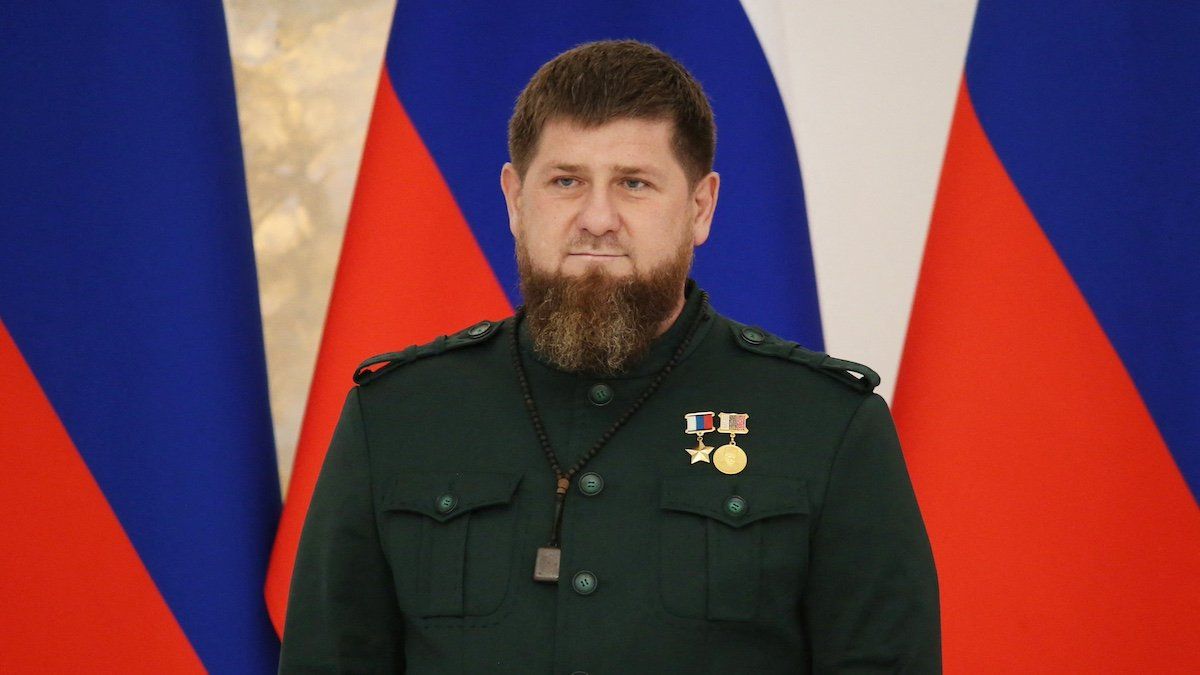Ramzan Kadyrov, the Kremlin-backed dictator of Chechnya, is reportedly dying inside – literally.
The Russian indy publication “Novaya Gazeta Europe” says the 47-year-old strongman is suffering from a terminal pancreatic condition, and that the Kremlin is scrambling to work out succession plans.
The background, briefly: After crushing a Chechen separatist uprising in the 1990s, the Kremlin installed Kadyrov’s father Akhmat – a moderate Imam and former separatist commander himself – as boss. He was assassinated in 2004, and Ramzan took over.
Backed by a quasi-private army of Islamist paramilitaries, and lots of Kremlin money, the eccentric, pugilistic, large-living Kadyrov has ruled with an iron fist, delivering stability at the cost of ferocious repression.
Putin’s problem: keeping things cool in the North Caucasus – a restive region of widespread poverty and kaleidoscopic ethnic, sectarian, and political rivalries – is essential for the Kremlin. A power vacuum there could quickly spiral.
Novaya Gazeta says the Kremlin is grooming Kadyrov’s top military commander, Apti Alaudinov, to succeed him. But any transition would be an opportunity ripe for destabilizing power grabs.
In all, Kadyrov’s untimely demise poses an age-old problem for Putin: When you make a Faustian bargain, what do you do when the devil dies?
